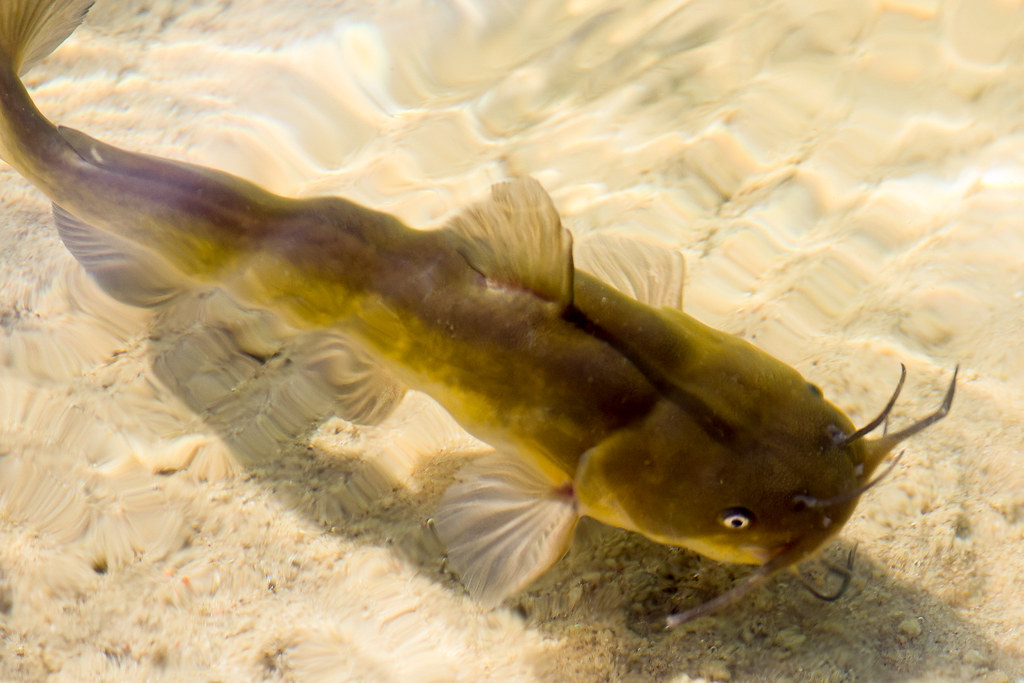Brown Bullhead
Ameiurus nebulosus
The brown bullhead is a smooth-skinned catfish with a mottled, brownish body and whisker-like barbels around the mouth. It lives in slow-moving ponds, streams and rivers throughout the Chesapeake Bay watershed.

